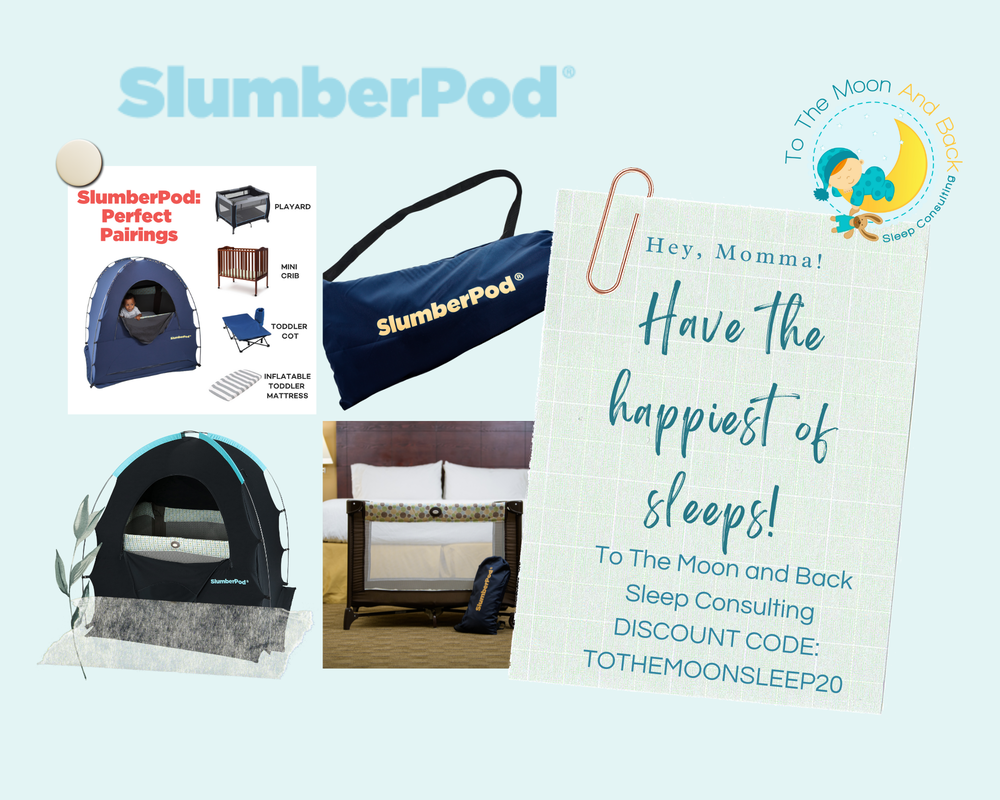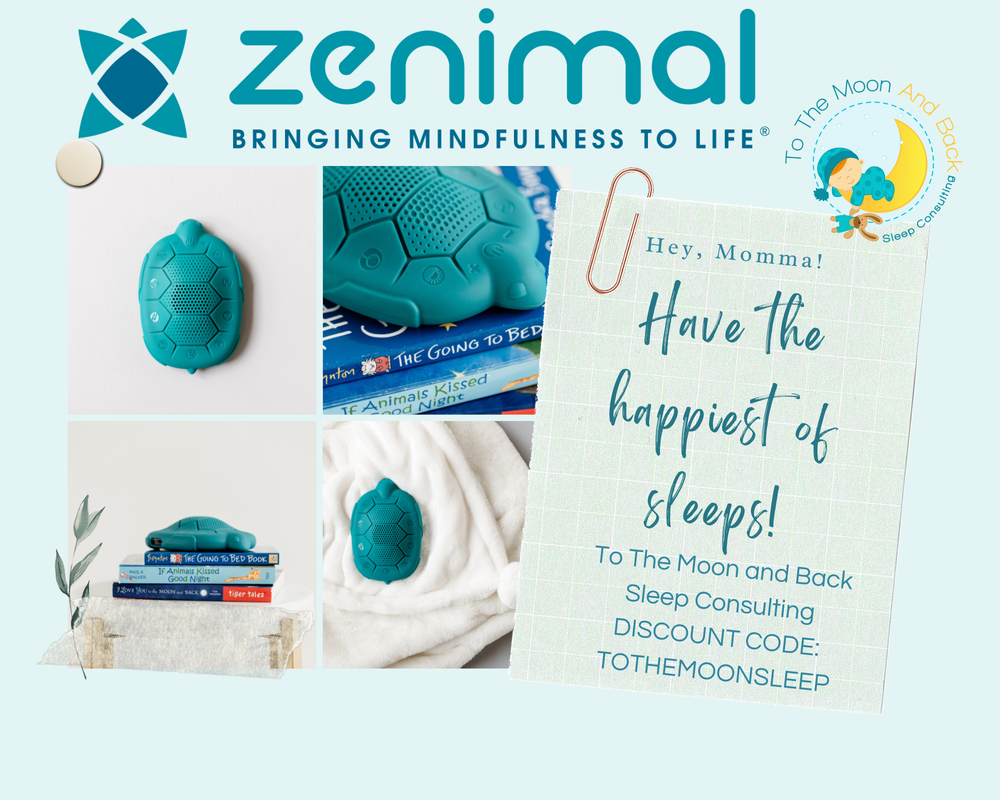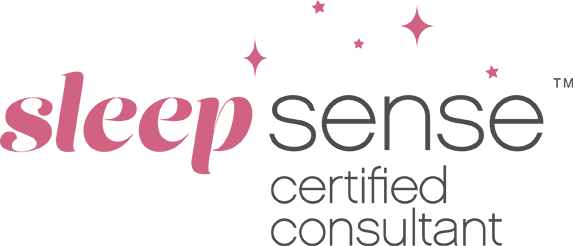|
I can’t remember where I saw it, but I distinctly recall Matthew McConaughey talking about the simplicity of raising a baby, saying, “They eat, they crap, they sleep, and if they're crying, they need to do one of the three, and they're having trouble doing it. Real simple” While I agree with him to an extent on the first part, I vehemently disagree with the second one. Any of those three elements can be caused by many factors, either on their own or in combination with others. Identifying the problem may be simple, but determining the cause is a much trickier ordeal. When it comes to sleep, so many factors might impede your little one’s ability just to lay their head down and go to sleep when they’re tired. Hormone levels may be out of balance, they may be in some kind of physical discomfort, too hot or too cold, they may be overtired or not tired enough; the possibilities can seem endless. However, as a child sleep expert, I can tell you that light is one of the most prominent causes of fractured sleep in our little ones. Exposure to blue light has been shown to decrease baby’s feelings of drowsiness, increase the time it takes them to fall asleep, reduce deep sleep, and affect their ability to stay asleep.
Over time, our bodies began secreting hormones to help us sleep when it started to get dark (melatonin) and to provide stimulation when it got light (cortisol). This all worked pretty beautifully right up until a technological breakthrough that, quite literally, changed everything. In 1879, the world was introduced to the electric lightbulb, and before long, we had access to light at all hours and in every room of the house. “Wait,” you may be thinking, “What about candles? People didn’t live in the dark until the lightbulb was invented!" And you’re absolutely right, but the big difference between fire light and the light from electric lightbulbs is the wavelength.
So, as the lightbulb became more accessible, and as the filaments evolved, we started swapping out the long wavelength red or yellow light from candles for the short wavelength blue light from electric bulbs. Why does that matter? Well, to take it back to our ancestors again, the light we get from the sun during the day comes directly down through the atmosphere, which means it’s not being refracted, which results in short-wavelength or “blue” light. So when your little one asks you why the sky is blue, that’s a big part of the answer. When the sun starts to set, it refracts off the atmosphere, which stretches out the wavelength, creating red light. So, again, a big part of the reason the sky turns red during sunset. So our bodies and brains evolved to recognize these cues from the sun and started secreting those hormones at the appropriate time of day to either help us wake up and get going or to settle down and go to sleep. But once we brought blue light into the house, you can see how our brains started to get confused. Our eyes started picking up “daytime” light well into the night, our brains kept secreting cortisol to keep us alert, started blocking the release of melatonin, and sleep suddenly found itself fighting an uphill battle. Fast forward about a hundred years, and we see the invention of the television, which emits a ton of blue light. Not long afterwards, computer monitors, LEDs, smartphones, and tablets became a favourite pastime for our little ones, which can have a massive impact on their sleep.
Still, others have shown that exposure to red light, while much less inhibitive to sleep than blue light, resulted in similar or slightly less melatonin production than if baby just slept in the dark. A red light in the nursery isn’t likely to help improve your little one’s sleep, assuming they’re already sleeping in a dark room. However, suppose you need a light in the nursery for diaper changes or nighttime feedings. In that case, the red light is absolutely, positively the way to go. Some other light management tips that will help your baby sleep better at night include:
Let me just say, in closing, I love technology! I love the convenience that my phone provides, I watch what I consider a reasonable amount of TV, and I think that adequately managed tablets offer a great source of free entertainment and educational opportunities for children. I’m not trying to suggest that you should throw every blue light-emitting device in the trash and go back to candlelight in the house. However, as long as you know the facts about how the light from these devices can affect your baby’s sleep. Then, it should prove relatively easy to make a few modifications and create rules around their usage so they have almost zero impact on a long night of sweet, restorative sleep for your whole family. Want more tips for getting your little one to sleep through the night? Then, head over to the home page and grab your Free Download to my 7-Tips To Get Your Little One to Sleep Through The Night. Happy Sleeping Erin AuthorErin Neri - Pediatric Sleep Consultant and Owner of To The Moon and Back Sleep Consulting since 2016. |
To The Moon and Back Sleep ConsultingProviding families the tools & support they need to get their little ones sleeping through the night and napping like champs! Everyone has more fun when they are well rested! Visit Wollino - Discount Code: TOTHEMOONANDBACK10
Browse
All
|
All information provided on this website, including texts, images, and other materials, are for informational purposes only and should not be considered a replacement for assessment or treatment by a healthcare provider.
© COPYRIGHT 2016-2024 TO THE MOON AND BACK SLEEP CONSULTING. ALL RIGHTS RESERVED. WAKING GIRL WEB DESIGN
© COPYRIGHT 2016-2024 TO THE MOON AND BACK SLEEP CONSULTING. ALL RIGHTS RESERVED. WAKING GIRL WEB DESIGN
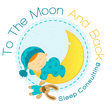


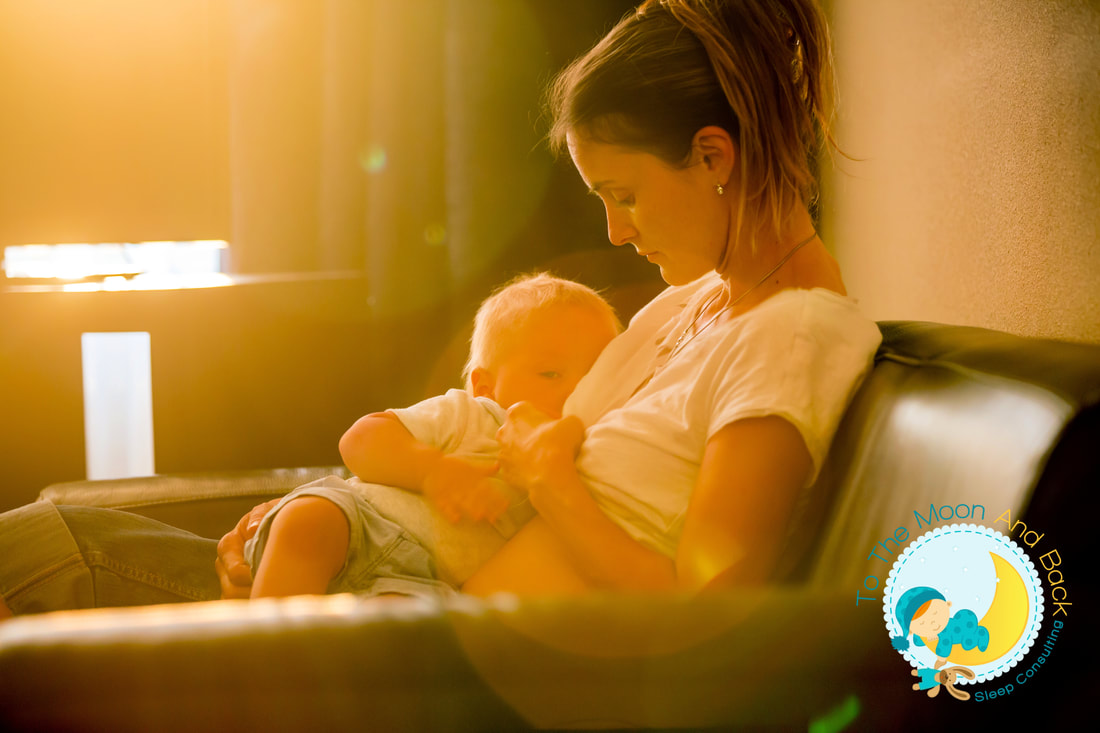


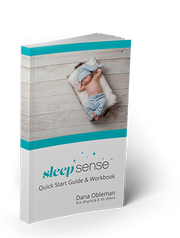



 RSS Feed
RSS Feed
